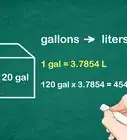This article was co-authored by Mantas Silvanavicius. Mantas Silvanavicius is a Licensed Electrician and the Owner of M+S Electric based in Las Vegas, Nevada. With more than 20 years of experience, he specializes in home electrical installations, testing, and wiring. Mantas and his team have completed projects for companies such as Seiko and Springhill Suites by Marriott. M+S Electric is licensed, bonded, and insured.
There are 7 references cited in this article, which can be found at the bottom of the page.
This article has been viewed 299,881 times.
While it isn’t possible to “convert” watts to amps, it is possible to calculate amps using the relationship between amps, Watts, and voltage. This relationship is different for different types of systems, such as AC or DC power, but will always be the same within a certain type of circuit. If you are working with a circuit with a fixed voltage, it is common to construct charts that link watts and amps for quick reference.
Steps
Converting Watts to Amps at a Fixed Voltage
-
1Locate a Watt to Amps table. For specialized applications, such as home wiring or automotive wiring, there are specific voltage values. Since these values are always the same, it is possible to construct a chart that links a wattage value to an amperage value. These charts are based on the equations that link wattage, amperes (amps), and voltage in any circuit. If you plan to use this type of table, it can be found online. Just make sure that you are using a table with the correct fixed voltage.[1]
- For example, a house usually uses 120V AC (in the United States) and a car generally uses 12V DC.[2]
- You can use an online amperage calculator to make things even simpler.
-
2Look for the power value (in Watts) that you want to convert. Once you have your chart, you should skim it to find the value you are looking for. These types of charts usually have several rows and columns. There will be a column labeled “Power” or “Watts.” Start there and locate the exact power of the circuit in you are dealing with.[3]Advertisement
-
3Find the corresponding current (in amps). When you have located your Watt measurement in the Power column, follow that same row to the “Current” or “Amps” column. There may be several columns on the table, so be sure to read the column titles and ensure that you get the correct value. Once you find the amp column, double check the value to make sure it is in the same row as your Watt value.[4]
Calculating Amps Using Watts and DC Voltage
-
1Find the circuit’s power. Look for a label on the circuit you are working with. The power is measured in watts. This value measures the amount of energy used or made in a given amount of time. For example 1 Watt = 1 Joule/ 1 second. This value is necessary to calculate the current, measured in amperes (amps for short).[5]
-
2Find the voltage. Voltage is the electrical potential of a circuit and should also be listed on a label along with power. It is created because one side of the circuit is electron dense and the other side is electron poor. This causes an electric field (the voltage) to exist between the two points. This voltage causes current to flow through the circuit in an attempt to discharge the voltage (equalize the charges from one side to the other). You need to know the magnitude of voltage to calculate the current, or amps.[6]
-
3Set up the equation. For a DC circuit, the equation is very straight forward. Watts are equal to amps times volts. Therefore, dividing Watts by volts will allow you to calculate amps.[7]
- Amps = Watts/Volts
-
4Solve for current. Once you have set up the equation, you can solve for amps. Carry out the division to get the magnitude of the amps. Check your units to make sure that you end up with coulombs per second. 1 Amp = 1 Coulomb / Second.[8]
- A coulomb is the SI unit for electric charge and is defined as the amount of charge moved in one second by a constant current of one amp.
Calculating Amps Using Watts and Single Phase AC Voltage
-
1Know the power factor. The power factor in a circuit is the ratio of true power to the apparent power supplied to the system. The apparent power is always greater than or equal to the true power, and thus the power factor will have values from 0 to 1. Look for the power factor posted on the circuit label or schematic.[9]
-
2Use the single phase equation. The single phase AC power equation that relates volts, amps, and watts is similar to the equation used for DC power. The difference is the use of the power factor.[10]
- Amps = Watts / (PF X Volts) where the power factor (PF) is a unitless value.
-
3Solve for current. Once you have plugged in the values for watts, volts, and power factor, you can simply solve for amps. You should come up with the units of coulombs per second. If you do not, you set up your equation incorrectly and should redo your work.[11]
- Solving for three phase AC power has more variables than single phase. You will have to decide whether you are using line to line or line to neutral voltage to calculate amps with three phase.
Community Q&A
-
QuestionIf I have 78 Watts and a 12V DC battery, how many amps do I have?
 Community AnswerTo find your amps, in this case, just divide 78W by 12V. You will find that you have 6.5 amps.
Community AnswerTo find your amps, in this case, just divide 78W by 12V. You will find that you have 6.5 amps. -
QuestionHow many amps are in 1500 watts?
 DonaganTop AnswererIt depends on the voltage applied.
DonaganTop AnswererIt depends on the voltage applied. -
QuestionIf I have 220 volts and 4500 watts, what is the amperage?
 DonaganTop AnswererAmperage = wattage ÷ voltage. Restated, current (I) = power (P) ÷ voltage (V).
DonaganTop AnswererAmperage = wattage ÷ voltage. Restated, current (I) = power (P) ÷ voltage (V).
Warnings
- If you are planning to work with electrical circuits, be sure to take all necessary safety precautions.⧼thumbs_response⧽
Things You'll Need
- Calculator
References
- ↑ https://www.rapidtables.com/calc/electric/Watt_to_Amp_Calculator.html
- ↑ https://www.inchcalculator.com/watts-to-amps-calculator/
- ↑ https://www.rapidtables.com/calc/electric/Watt_to_Amp_Calculator.html
- ↑ https://www.rapidtables.com/calc/electric/Watt_to_Amp_Calculator.html
- ↑ https://www.allaboutcircuits.com/textbook/direct-current/chpt-2/calculating-electric-power/
- ↑ https://www.rapidtables.com/calc/electric/watt-volt-amp-calculator.html
- ↑ http://www.rapidtables.com/calc/electric/Watt_to_Amp_Calculator.htm
- ↑ https://www.cuemath.com/current-formula/
- ↑ http://www.rapidtables.com/electric/Power_Factor.htm
About This Article
If you want to convert Watts to Amps in a DC system, divide the Watts by the Volts. For example, if you have a system running 500 Watts at 200 volts, then you have 2.5 Amps. To convert Watts to Amps in an AC system, read the circuit label or schematic to find the power factor. Then, take the power factor times the Volts, and divide that number by the number of Watts. So, if the power factor is 0.5, then 500 Watts at 200 Volts is 5 Amps. For more examples, or to learn when you can use a conversion chart, keep reading!
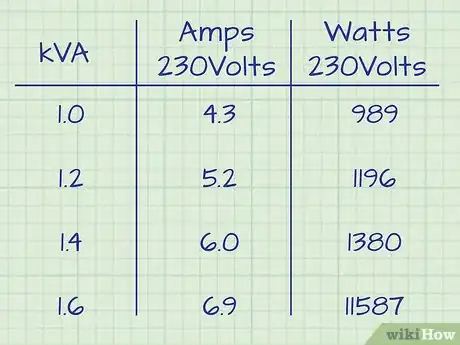
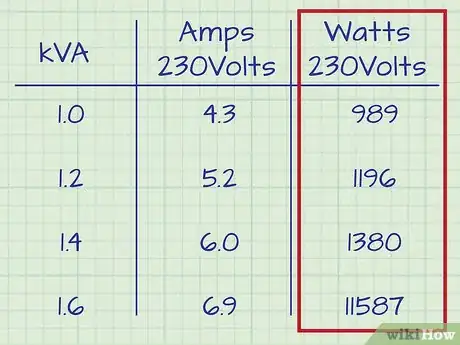
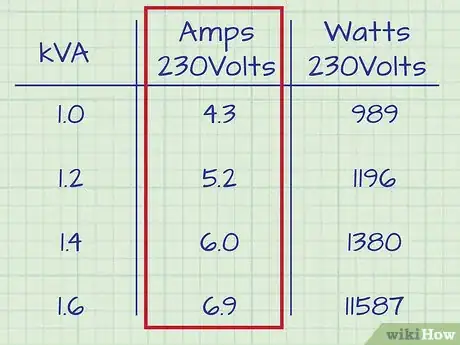
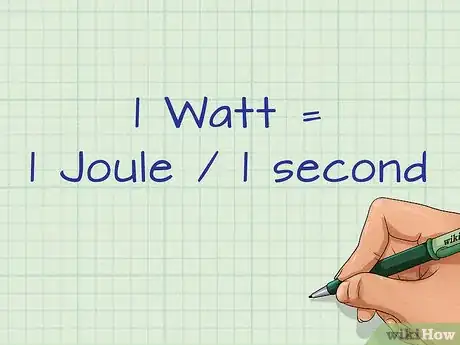

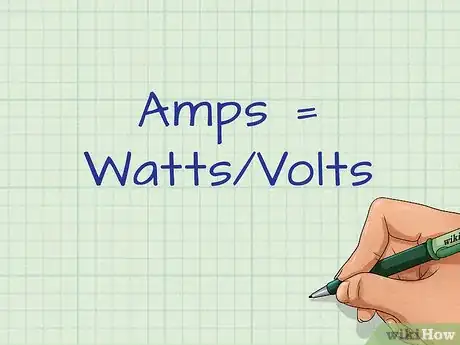
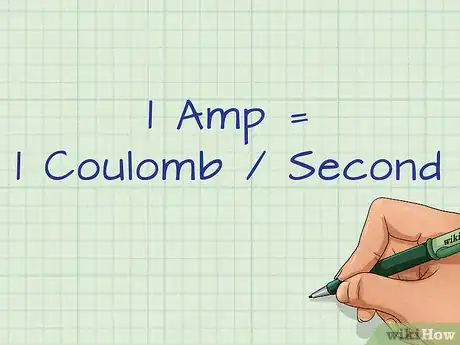
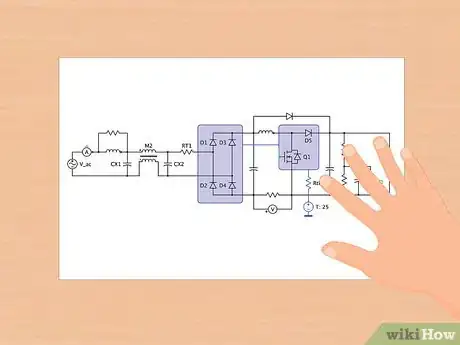
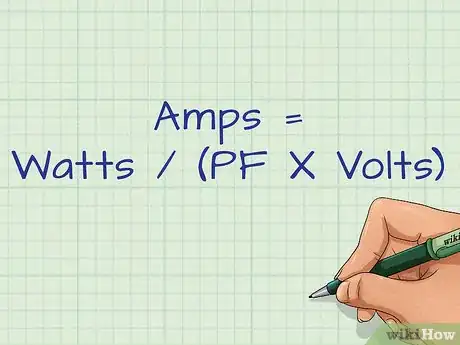
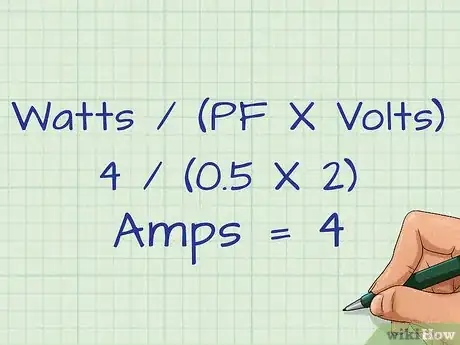

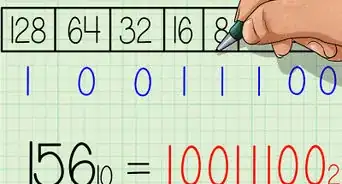
-to-Grams-(g)-Step-8-Version-5.webp)
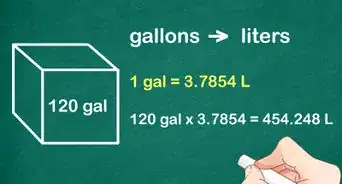
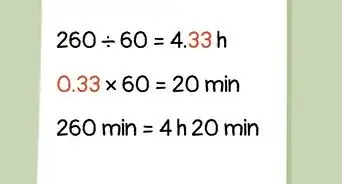
-to-Fahrenheit-(°F)-Step-6-Version-2.webp)
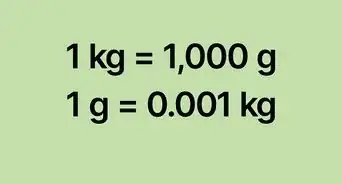
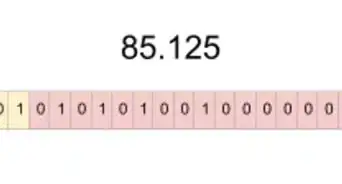
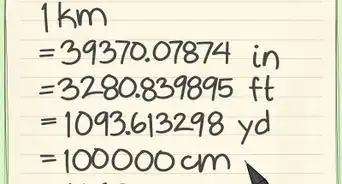
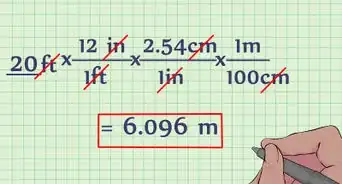
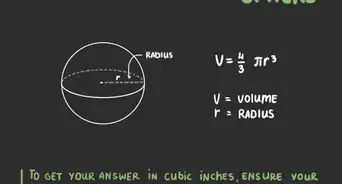
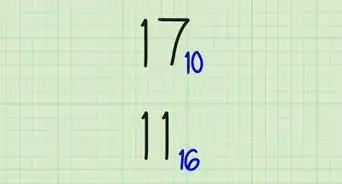
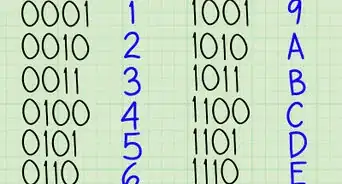
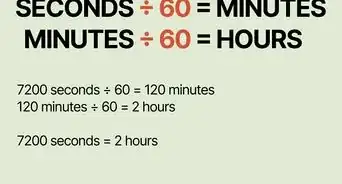









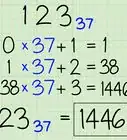
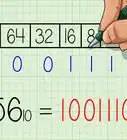
-to-Grams-(g)-Step-8-Version-5.webp)
